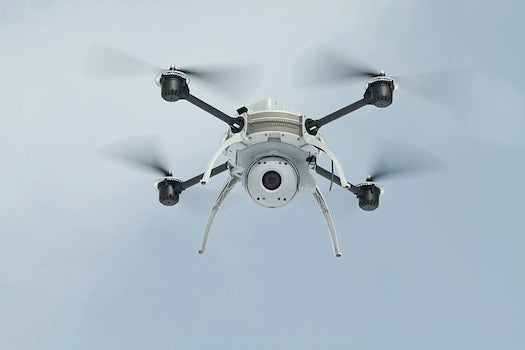4 Things You Need To Know About The Future Of Defense Technology
Trends spotted at the 2013 Sea-Air-Space Exposition

The Sea-Air-Space Exposition opened in Maryland yesterday. It is one of the U.S. defense industry’s largest trade shows–a place where government agencies and private-sector companies gather to peruse the shiniest and most fearsome new military equipment. It is also a good barometer of where the industry is headed. Here are the four most important trends I spotted:
Cameras. Everywhere.
The sheer number of cameras, sensors, sonar systems, and other surveillance equipment was overwhelming. I was expecting to see a lot of weapons here; I was not expecting the guns and missiles to be outnumbered by fancy new cameras. That’s a little creepy in an Orwellian kind of way, but a lot of really accurate cameras means more precise targeting with existing weapons and probably fewer mistakes in targeting. That’s not a bad trade-off, and it’s a real sign of the times that people here talking about “payload” were more likely to mean “cameras and sensors” than “fancy explosives.”
Software is secretly king.
The secret sauce that made all the machines on display work was proprietary code, which is pretty hard to take pictures of on an exhibition floor. It also shows how much computers run everything; gun mounts, ship diagnostic tools, missile targeting systems, and self-adjusting cameras all combine hardware with fancy code to make much, much better systems compared with the individual parts alone.
The platform is the market.
Expositions like this are places for the Department of Defense to do some window shopping, maybe make a few impulse buys, and make or break the fortunes of small companies. With DoD as the biggest customer in the house, the market narrows dramatically. The F-35 Joint Strike Fighter needs weapons that fit its physical constraints, and the Littoral Combat Ship needs add-ons and attachments to live up to its potential as the workhorse for the future Navy. A lot of new technology on display was specifically designed for these two sort-of customers.
Everyone has a quadrotor.
It’s a simple, stable shape, usually built small and operated with a tablet interface. My favorite on display was the Aeryon Scout, but there were several others, and a giant spider-like octo-rotor operating on the same premise. Commercial drones are expected to hit U.S. airspace in 2015, and you can bet quadrotors will dominate the market.
